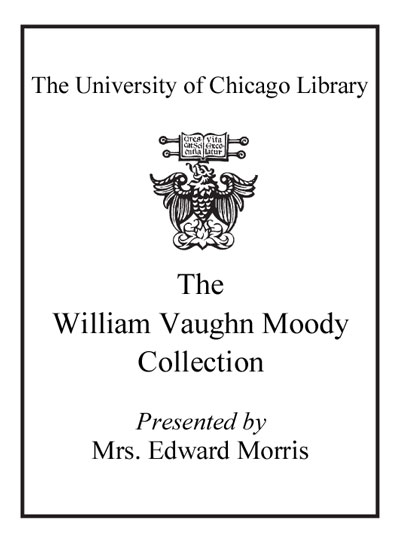Review by Choice Review
Hutchinson (Indiana Univ.) takes the reader on an intriguing journey through Larsen's mysterious, often-befuddling life. He debunks the myths and lies about her, which were held as finite truths for most of the 20th century, by investigating primary sources that, for whatever reason, have been ignored by other Larsen biographers. Exploring more than the superficial aspects of her life as a biracial woman, the author presents as complete a picture as possible and does it without slighting her, as others have, for choosing to pursue a life outside literature in her later years. This fluid, engrossing book not only treats the reader to a wonderful biography of one woman's life but also serves up a feast of literary and US history, setting Larsen against a visceral backdrop of a moment in time when anything and everything seemed possible for a race seeking its rightful place in the arts and politics. In short, Hutchinson paints a captivating image of a woman for too long overshadowed by literary figures considered more worthy of praise. ^BSumming Up: Essential. Lower-division undergraduates through faculty; general readers. A. F. Winstead Our Lady of the Lake University
Copyright American Library Association, used with permission.
Review by Booklist Review
Larsen's racial heritage--black West Indian father, Danish mother--was further complicated by her mother's later marriage to a white man, the birth of a white half sister, and an early life spent between Chicago's vice district and Copenhagen in the late 1800s. Estranged from her family, Larsen spent the remainder of her life looking for a place to belong, finding it, for a while, in the glittering Harlem Renaissance. Hutchinson draws on previously unused resource material to offer a startlingly intimate portrait of a woman often presented as an obscure figure in accounts of the literary scene of the time yet who was, in actuality, smack-dab in the middle of debates about racial uplift and about black writers selling out amid the vogue among white bohemians to associate with black artists. Hutchinson disputes earlier portraits of Larsen as pathological and instead offers a nuanced look at a complicated woman wrestling with racial identity and a fear of abandonment through her novels, Quicksand (1928) and Passing (1929). Primarily through her relationships, and correspondence, with luminary figures of the Harlem Renaissance, Hutchinson brings Larsen to life in all her glorious complexity in this sparkling examination of a critical period in American racial and literary development. --Vanessa Bush Copyright 2006 Booklist
From Booklist, Copyright (c) American Library Association. Used with permission.
Review by Publisher's Weekly Review
In this biography of novelist Nella Larsen, Hutchinson (The Harlem Renaissance in Black and White) explores her work, life and place in social history, positing that the reason for Larsen's shadowy status as a writer of the Harlem Renaissance is tied to the shifting color line in American society. Larsen, whose mother was a Danish immigrant and whose father was a black laborer, identified with her blackness yet also confronted and struggled with prejudice within the Harlem literary community. She eventually withdrew from her friends and colleagues and pursued a successful career as a nurse. Cracking open the few authoritative narratives on Larsen, Hutchinson finds a noteworthy theme: "As I read these books, I recognized a pattern not atypical of the way children from interracial families had often been misunderstood and-there is no other word for it-pathologized." Not only does he put forth a correct and complete narrative of Larsen's life, but he also uses Larsen's story as a mixed-race woman of the Harlem Renaissance to portray the lasting issues of race and color politics from then until now. (May) Copyright 2006 Reed Business Information.
Review by Choice Review
Review by Booklist Review
Review by Publisher's Weekly Review

